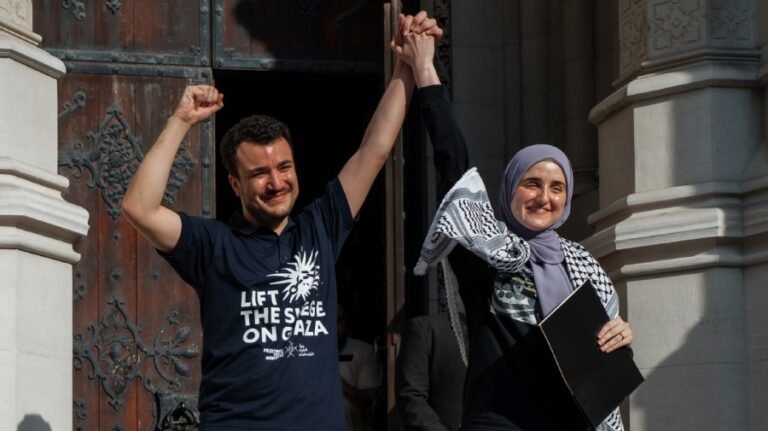
Mississippi is scheduled to execute Vietnam veteran and near-octogenarian Richard Jordan on June 25. On May 1, Florida executed former Army Sergeant Jeffrey Hutchinson, a Desert Storm soldier.
The use of the death penalty against U.S. combat veterans manifests a paradox in American culture. While popular gratitude for military service has become a benign cliche, and sympathy for battle-borne injuries, either mental or physical, remains widespread, the nation shows little reluctance to put severely mentally wounded combat veterans to death.
Hutchinson and Jordan are merely the latest in a column of former service members afflicted with battle-borne post-traumatic stress disorder to be marched to the death chamber. Given the accelerated pace of executions and the prevalence of veterans on death row, they will not be the last.
There is widespread public recognition that veterans are a different population than their civilian counterparts. In fact, because nearly one-third of all veterans have been arrested — approximately twice the non-veteran rate — the establishment of veteran treatment courts for lower-level crimes continues to grow.
Similarly, the Supreme Court recognized in a 2009 capital case, Porter v. McCollum, that veterans are entitled to a reasonable investigation and presentation of their military backgrounds in death penalty cases. But judicial enforcement of this mandate has been sporadic at best. Jordan’s and Hutchinson’s trials contained little presentation of their respective combat histories and associated trauma.
The increasing frequency with which combat veterans have been condemned and executed demonstrates the need for corresponding scrutiny of the circumstances that brought them in contact with the justice system and eventually to execution. As was the case with Jordan and Hutchinson, veterans undergo an experience far removed from those who sit in judgment of them.
The arduous, and at times gruesome, conditions that are part and parcel of combat tours have been frequently enumerated. They include the daily threat of death from various sources, enduring detonations (which we now know have a profound impact on the brain), engaging enemies at close range and viewing the aftermath of the carnage of modern war.
Such frequent association with violence and death does not leave one unscathed. As Argentine writer José Narosky observed, “In war, there are no unwounded soldiers.”
As only around 5 percent of the nation’s population are veterans, it is common that the only person in the courtroom familiar with that experience is the veteran defendant himself.
Veterans comprise 10 percent of the people on death row — twice their representation in the population at large — and that proportion is growing. One of the primary reasons for this overrepresentation is the prevalence of battle-borne mental health issues among combat veterans that does not exist in the civilian populace.
When contemplating the fate of veterans convicted of capital crime, it is important to bear in mind that combat-related brain injuries and mental health illnesses, such as PTSD, are by no means unpredictable or unexpected. Although referred to by other names, PTSD has been part of warfare since ancient times.
A 2014 Department of Veterans Affairs study concluded that nearly 30 percent of the troops who served in Iraq or Afghanistan undergo PTSD at some point. In my experience of assisting veterans in the criminal justice system, it is from this group of servicemembers that the death row veteran population is largely drawn. Combat service by no means guarantees that a veteran will commit violent crimes, and the vast majority do not. It is inescapable, however, that combat significantly increases the risk of mental illness or other debilitating brain injuries.
The Supreme Court has recognized that certain specific groups are categorically excluded from the death penalty. Among them are defendants who committed their crimes before age 18 (Roper v. Simmons) and the intellectually disabled (Atkins). Those exclusions are based on the diminished mental capacity of the defendants and hence a decreased culpability.
Mentally disabled combat veterans are no different. In fact, they are perhaps more deserving of societal mercy, as their injuries come from their voluntary service in response to that same society’s call. Our country should consider a categorical exclusion either by legislative or judicial means.
Executing our nation’s warriors should call for deep soul searching. We owe combat veterans better than what they are now receiving in the criminal justice system.
Art Cody is a 34-year military veteran with multiple tours in combat zones, most recently in Afghanistan. He is the director of the Center for Veteran Criminal Advocacy.


